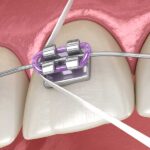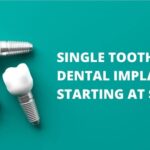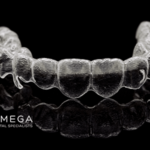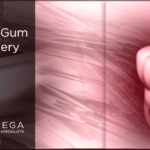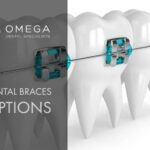Do you need a CT scan for dental implants?
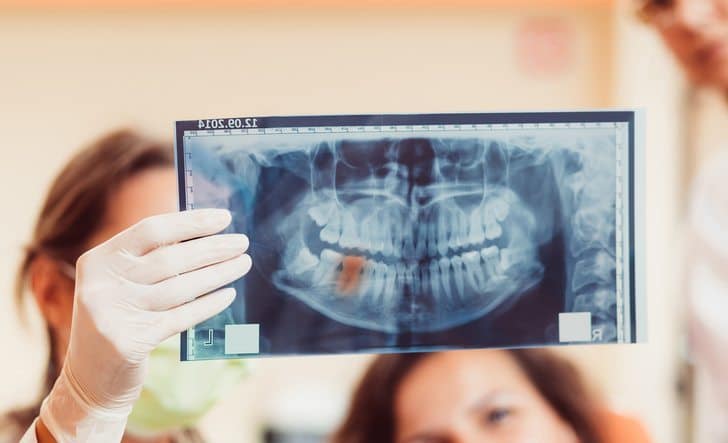
The diagnostic radiograph can provide the most accurate means to assess the form of the patient’s jaw and teeth and there are several imaging modalities available to the clinician. Several imaging objectives should enable the clinician to best select the ideal radiographic system.
Table of Contents
What is a dental CT scan used for?
These imaging objectives are:
- cross-sectional views of the dental arch for visualization of jaw size, the orientation of the vertical long axis of the jaw and internal anatomy
- the accuracy of measurements
- bone quality
- presence or absence of disease or atrophy
- transfer of radiographic and clinical information
- readily available at reasonable cost
- minimal radiation exposure to the patient
What are the objectives of diagnostic X-rays?
The objectives of diagnostic imaging depend on several factors, including the amount and type of information required and the period of the treatment rendered. The decision of when to image along with which imaging modality to use depends on the integration of these factors and can be organized into three phases.
- Phase 1 is termed pre-surgical implant imaging and involves all past radiologic examinations and new radiologic examinations chosen to assist the implant team in determining the patient’s final and comprehensive treatment plan. The objectives of this phase of imaging include all necessary surgical and prosthetic information to determine the quantity, quality, and angulations of bone; the relationship of critical structures to the prospective implant sites; and the presence or absence of disease at the proposed surgery sites.
- Phase 2 is termed surgical and intraoperative implant imaging and is focused on assisting in the surgical and prosthetic intervention of the patient. The objectives of sites this phase of imaging are to evaluate the surgery
- Phase 3 is termed post-prosthetic implant imaging. The phase commences just after the prosthesis placement and continues as long as the implants remain in the jaw. The objectives of this phase of imaging are to evaluate, the long-term maintenance of implant rigid fixation and function, including the crestal bone levels around each implant, and to evaluate the implant complex.
Do you need a CT scan for dental implants?
The purpose of implant imaging is to assist the implant team in restoring the patient’s occlusion and function by providing accurate and reliable diagnostic information on the patient’s anatomy at the proposed implant sites. Maximizing the ratio of benefit to risk for imaging examinations is a fundamental tenet of radiology. Medical images can be assessed for their technical quality and diagnostic value. The clinician has to carefully weigh the pros and cons of each modality and choose a particular technique accordingly.
With the excellent imaging modalities that exist today, one can enhance the success of implant placement. The selection of an appropriate imaging modality should be made based on the type and number of implants, location of the implant, and surrounding anatomy. As in the case of all imaging techniques, appropriate selection criteria must be applied before selecting one which is most suitable for each patient.
Literature suggests that when evaluating the alveolar ridge, the surgeon should also determine the angle that the ridge makes with the vertical axis. This is important because the occlusal force vector that acts upon the fixture should be parallel to the vertical axis through the alveolar ridge. If excess angulation exists between the vertical axis through the fixture than that through the alveolar ridge, the resultant force vector may fall in an area that is unable to withstand the occlusal forces and breakdown of the surrounding bone may occur.
Periapical radiographs produce a high-resolution planar image of a limited region of the jaws and do not provide any cross-sectional information of the jaws. Occlusal radiography produces high-resolution planar images of the body of the mandible or the maxilla. Cephalometric radiographs are a useful tool for the development of an implant treatment plan, especially for the completely edentulous patient, or for placement of implants near the midline for overdentures.
Medical Resonance Imaging (MRI) is used in implant imaging as a secondary imaging technique where primary imaging techniques such as computed tomography (CT) or ICT have failed. MRI visualizes the fat in the trabecular bone and differentiates the inferior alveolar canal and neurovascular bundle from the adjacent trabecular bone.
Since the introduction of CBCT scanners in the late 1990s, there has been great interest in these devices in the field of oral and maxillofacial surgery, orthodontics, and dentistry.
Each radiographic method has unique characteristics and choosing what is correct for a case fundamentally requires judiciousness in use. Where required, the images will help the diagnostician as well as the clinician to accurately plan, execute, and evaluate implant treatment. All details of what will be undertaken will be carefully discussed with each patient to determine what is best.
February 15, 2023What Is The Average Cost Of Braces In Houston?
February 01, 2023What You Need to Know About Dental Hygienists?
January 30, 2023What to Expect During the Wisdom Teeth Extraction
October 23, 2022Wisdom Tooth Removal Cost
October 23, 2022Dental Emergency, Open Saturday
October 23, 2022Full Guide to Dental Crown
July 26, 2022Should I Have My Wisdom Teeth Removed Before I Get Braces?
July 26, 2022Complete Guide to Wisdom Tooth Removal
